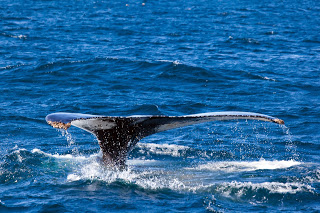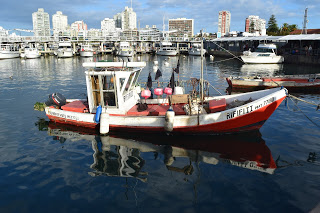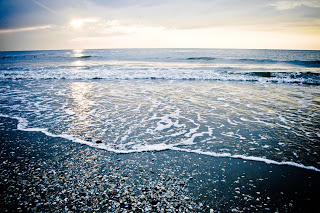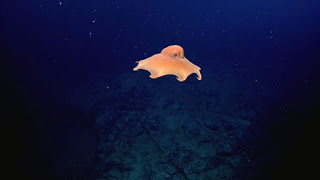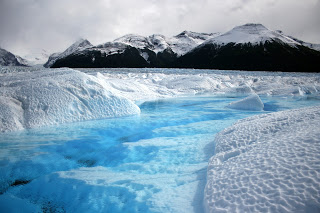Georgienne Bradley and Jay Ireland will be attending the 2016 CITES CoP17 World Wildlife Conference being held in Johannesburg, South Africa, on behalf of the Sea Save Foundation. The Convention on International Trade in Endangered Species of Wild Fauna and Flora begins on September 24th and runs through October 5th, aims to ensure that international trade of wild animals and plants does not threaten their survival. CITES is a legally binding agreement between its parties who are bound to regulate their country’s trade in a sustainable and traceable manner. CITES CoP16 made shark conservation a major focus and also highlighted the protection of manta rays and sawfish. Click here to find out more and stay turned for updates!
2. Global Fishing Watch, a new online based initiative to track rogue fishing
3. The Atlantic Ocean gets its first marine monument
5. Sea Level Rise Worries Causes Marshall Islands Exodus
6. Arctic sea ice faces its second lowest level in history
7. International conference unveils 136 new ocean conservation initiatives
Be sure to “LIKE” http://facebook.com/SeaSave to ensure our “Week in Review” is delivered to your newsfeed every Friday.
Sea Save Foundation is committed to raising awareness of marine conservation. The Week in Review is a team effort produced by the Sea Save staff to provide a weekly summary of the latest in marine research, policy, and news.

